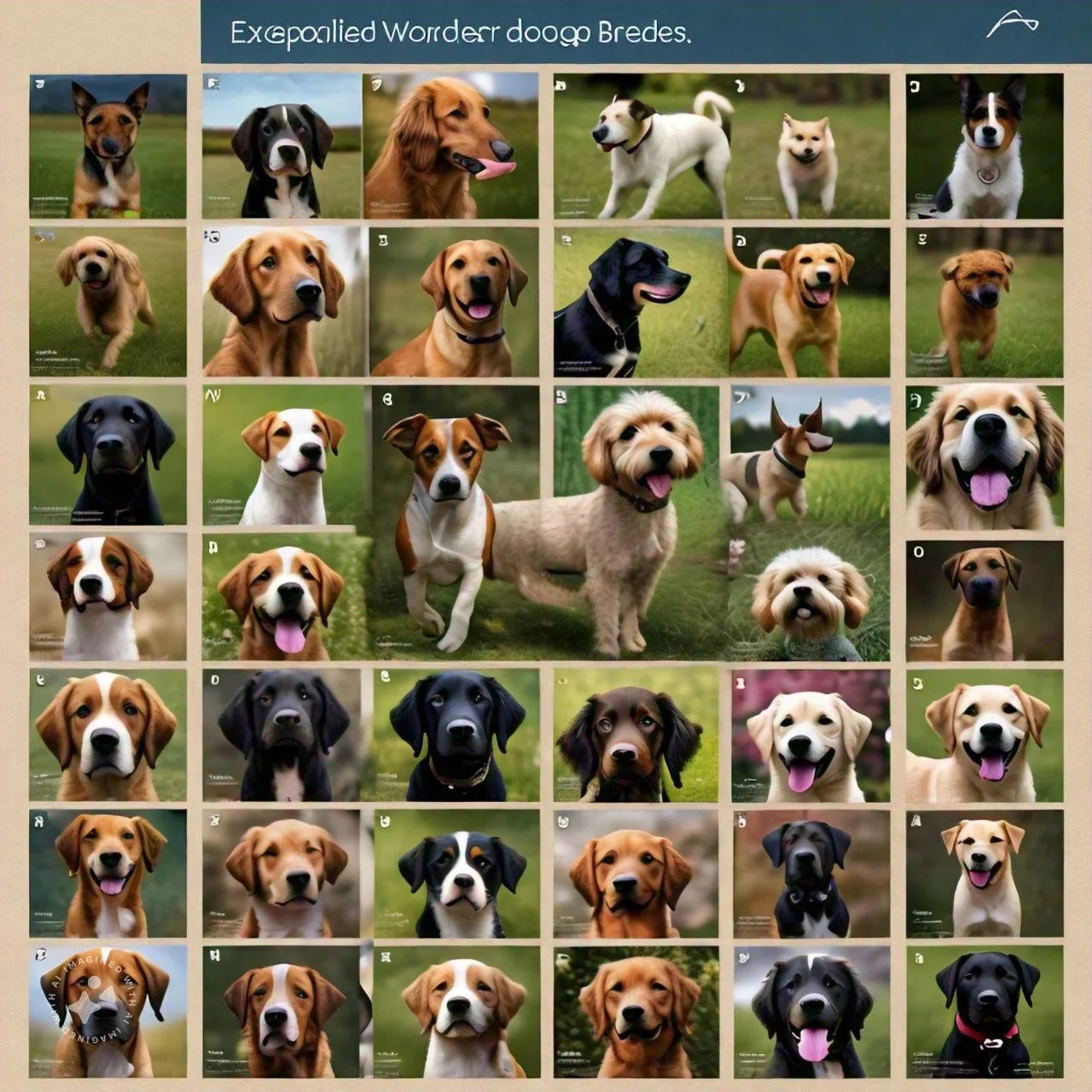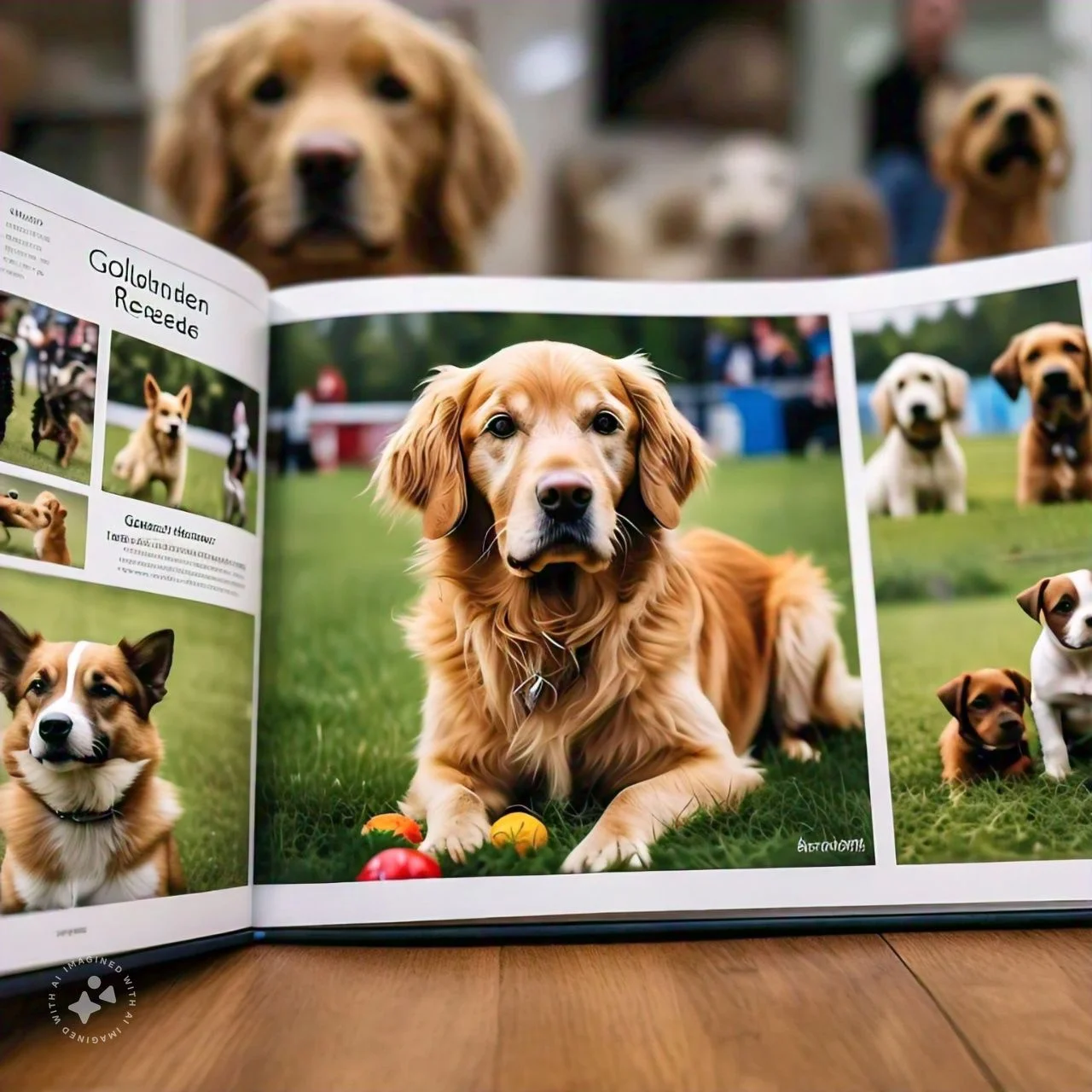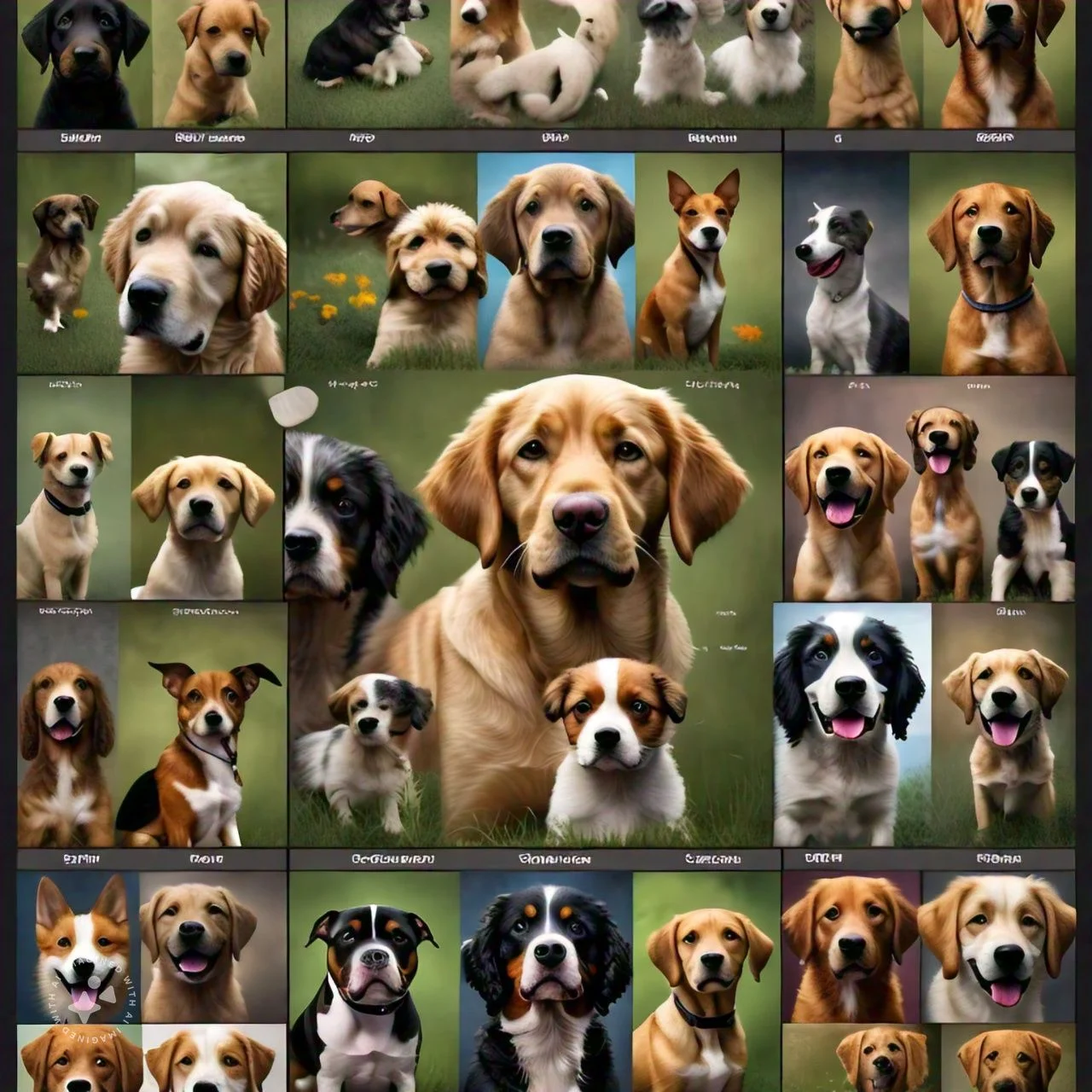Dogs are the loveliest of all, and the centuries they spent in the company of humans made them the most diverse species in the world.
The Origins of Dog Breeds
The dogs have been our friends for thousands of years, and it is thought that wolves may have been domesticated as early as 15,000 years ago. People have eventually bred dogs for specific traits, leading to a huge collection of today’s different breeds.
In the journal Science published the study that confirms the fact that currently there are over 400 different breeds known in the world. All of them are raised for the specific tasks such as hunting, herding, or companionship.
Popular Dog Breed Categories


The AKC has a list of dog breeds, and it splits them into seven major divisions. Here are a few examples that result in us discussing:
1. Sporting Group
These dogs are used in hunting and retrieving game. The key breeds are Labrador Retrievers, Golden Retrievers, as well as Cocker Spaniels. I can tell they are very energetic and enjoy water based on my time with Max, my race, Labrador.
2. Hound Group
Hounds were trained for hunting mostly by sense of smell or sight. Breeds in this group are Beagles, Basset Hounds, and Greyhounds.
3. Working Group
Working breeds are naturally active and protective types, but they needed more the help from the humans to be good at these activities. Such are the guardians of the property, sled pullers, and water rescuers. Examples include Doberman Pinschers, Siberian Huskies, and Newfoundlands.
4. Terrier Group
One of the oldest types of dogs is TERRIER. They were originally developed to do the huns. Examples include Jack Russell Terriers, Scottish Terriers, and Bull Terriers. They are known for their feisty and hyperactive personalities.
5. Toy Group
Toy dogs were created to be small and easy to carry around, and people liked them for this. Examples are Chihuahuas, Pomeranians, Shih Tzus. Even the small ones sometimes have strong and stubborn personalities!
6. Non-Sporting Group
This very wide group is composed of breeds, which have no definite classification. Examples are Bulldogs, Dalmatians, and Poodles. These breeds often have unique features and pasts.
7. Herding Group
Herding doggies are the ones used by the farmers to control their livestock. Examples are German Shepherds, Border Collies, and Australian Cattle Dogs. These branches need a lot of mental information and stimulation to be active and to react.
Choosing the Right Breed for You


When selecting a breed, one must think how the dog’s life will be in its new home, how you live and preferences you have. Here are some factors to keep in mind:
-
- Size: Take into consideration the space you have and any rules and regulations you must comply with in the living environment.
-
- Energy level: Make your dog’s need for exercise match your own activity level.
-
- Grooming requirements: Some of the breeds may need to be groomed more than some others.
-
- Temperament: Find out if a dog will absolutely be happy in your family by checking its typical behavior traits of that breed.
-
- Health concerns: The breed may come with health problems, so be mindful.
The Importance of Responsible Breeding
Purebred dogs are great pets, but people should not ignore the moral aspects of breeding.Sourcing dogs from a facility that is responsible connects you to a company that prioritizes the health and longevity of its dogs. Through the method of breeding and then selling, breeders gain much money, while the poor animals are forced to suffer.
It’s quite shocking to know that about 2.7 million dogs are killed in shelters every year as per the Humane Society of the United States. If you are in search of a new friend, think about adopting a pet from a shelter or a rescue center. There are many purebred dogs that end up in shelters and need homes with love.
Conclusion


The diversity of dog breeds is impressive and charming, with all the breeds having their own characteristics and appeal. In search of a dog, perhaps you have pictured the best in using the data that we know from the studies. Breed characteristics may offer a general guide, but at the end of the day, the dog’s nature is a product of its upbringing and environment.
As time goes on and scientists get to know about canine genetics and behavior more and more, the recognition of the fact that all the dogs are unique individuals, will not be omitted. Although breed descriptions are a useful general guide, each dog’s individuality is greatly impacted by its own experiences and environment.
If you are thinking of having a pet buddy at your home, I suggest you do research, visit the shelters that are close to your location, and have a conversation with the professionals and experienced dog handlers. Once you have the correct facts and knowledge, you will have the tools to find the ideal dog to be your sidekick.





